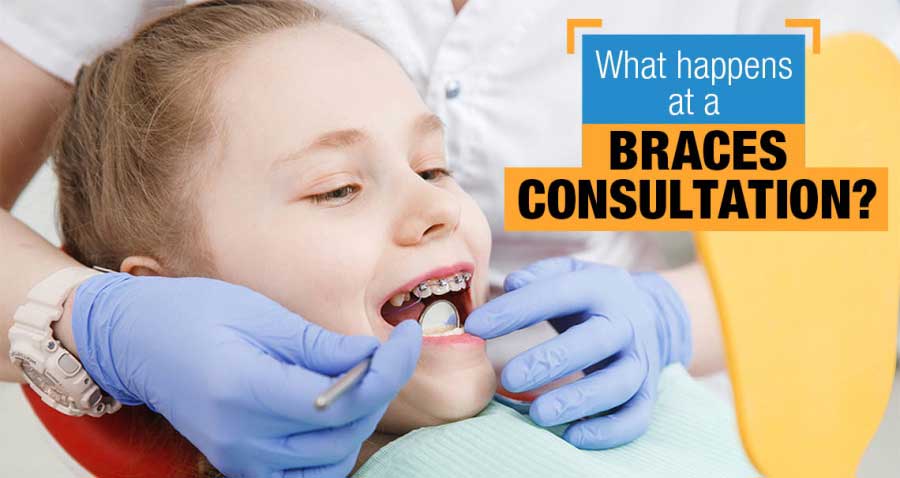Leading Tips for Selecting the very best Cumming Orthodontist for Braces and Aligners
Leading Tips for Selecting the very best Cumming Orthodontist for Braces and Aligners
Blog Article
Comprehensive Guide to Orthodontics Treatments for Correcting Oral Imbalances
Recognizing the ins and outs of each procedure, including their mechanisms, benefits, and prospective drawbacks, is important in making notified decisions about one's orthodontic therapy. As we browse via the thorough guide to orthodontic treatments for correcting oral imbalances, the intricate information of each method will certainly unfold, dropping light on the course toward a harmonious and useful oral placement.
Orthodontic Procedures Introduction

Along with conventional braces and clear aligners, orthodontists might likewise suggest other treatments like headwear, palatal expanders, or retainers to address particular placement issues (cumming orthodontics). These procedures are customized to every individual's special requirements and might entail a combination of treatments to accomplish the wanted outcomes. Normal modifications and tracking are important parts of orthodontic treatment to guarantee development gets on track and to make any type of necessary modifications along the way. By undertaking orthodontic treatments, patients can not only attain a straighter grin yet also improve their overall oral health and wellness and feature.
Standard Dental Braces: Exactly How They Function
When considering orthodontic treatments for oral misalignments, traditional dental braces stand apart as a tried and true technique for correcting teeth positioning. Conventional dental braces consist of braces, cables, and bands that work together to use continual pressure on the teeth, progressively relocating them into the preferred alignment. The brackets are affixed to the teeth making use of a special adhesive, and the wires are threaded through the brackets. By adjusting the stress of the wires, orthodontists can regulate the direction and force put on each tooth, assisting them right into correct positioning in time.
As pressure is used to the teeth via the braces, the bone bordering the teeth is improved to sustain the new tooth settings. People will certainly require normal adjustments at the orthodontist's workplace to guarantee the dental braces continue to apply the proper pressure for efficient teeth activity.
Unnoticeable Aligners: Cons and pros
These clear, tailor-made trays are essentially unnoticeable when worn, making them an appealing choice for people looking for a more cosmetically pleasing orthodontic therapy. Clients can get rid of the aligners before eating or brushing their teeth, decreasing the risk of food getting stuck in the appliance and streamlining the cleansing process.

Surgical Orthodontic Options
Surgical treatments in orthodontics present practical choices for dealing with intricate dental imbalances that might not be successfully dealt with with standard orthodontic therapies. While undetectable aligners and traditional braces can correct several orthodontic problems, particular situations require medical treatment to accomplish ideal results. Surgical orthodontic choices are usually recommended for extreme malocclusions, significant jaw inconsistencies, and situations where the underlying bone structure needs modification to accomplish proper positioning.
One typical medical orthodontic procedure is orthognathic best dentist around me surgical procedure, which entails repositioning the jaws to correct useful issues such as problem talking or chewing. This surgical procedure is usually carried out in partnership with an orthodontist who assists align the teeth before and after the procedure. Surgical orthodontics might likewise entail treatments to subject affected teeth, get rid of excess periodontal tissue, or improve the jawbone to produce an extra harmonious face profile.
Prior to thinking about surgical orthodontic choices, individuals go through a detailed analysis to identify the requirement and potential benefits of such interventions. cumming orthodontist. While surgery might appear challenging, it can significantly improve both the feature and looks of the smile in instances where conventional orthodontic treatments fail
Retainers and Post-Treatment Care

Post-treatment care includes following the orthodontist's directions faithfully. This may include correct dental hygiene techniques, participating in follow-up consultations, and putting on the retainers as prescribed. Failing to abide by post-treatment care guidelines can cause relapse, where the teeth progressively return in the direction of their initial placements. Consistent retainer wear, excellent dental health, and normal dental check-ups are vital for maintaining the results accomplished through orthodontic surgical treatment and guaranteeing the long-term stability of the fixed dental positioning.
Final Thought
In verdict, orthodontic treatments supply numerous choices for fixing oral imbalances. Surgical orthodontic choices are offered for a lot more serious misalignments. Generally, orthodontic procedures can efficiently enhance oral health and wellness and aesthetic appearance.
As we browse with the comprehensive overview to orthodontic procedures for dealing with dental imbalances, the elaborate details of each technique will unravel, dropping light on the path toward a practical and unified dental placement. - cumming invisalign
One of the most typical orthodontic treatments is the use of braces, which consist of metal brackets and cords that apply gentle pressure to progressively move teeth right into the desired setting.When considering orthodontic therapies for dental imbalances, traditional dental braces stand out as a time-tested technique for dealing Discover More with teeth positioning. In addition, unseen aligners might not be appropriate for intricate orthodontic issues that need more considerable teeth activity, as check this they are commonly recommended for mild to modest cases. Retainers are tailor-made orthodontic devices created to hold teeth in their dealt with positions after the conclusion of orthodontic therapy.
Report this page